
Hyundai i30 engines, drive and performance
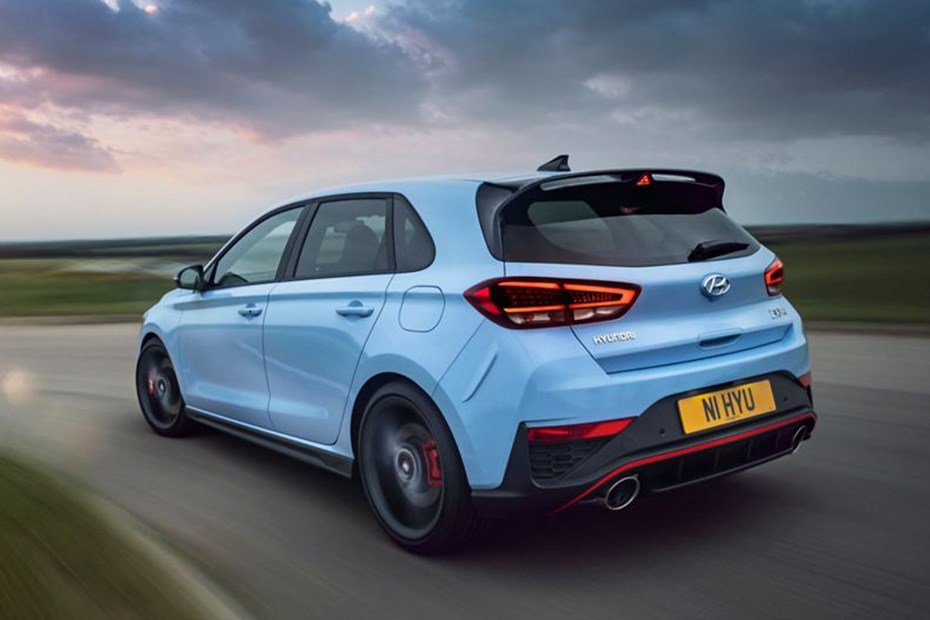
- Two petrol engines in standard car
- 280hp 2.0-litre four-cylinder for i30 N
- Regular car is refined, but the i30 N thrills
Petrol engines
The common-or-garden Hyundai i30 features one of two engines. The entry-level car gets a 1.0-litre three-cylinder unit with 120hp and 172Nm of torque. It’s punchy enough around town – Hyundai designed a clever turbocharging system which makes it responsive and quite fun at low speeds.
You can find the limits of the engine’s performance, though. At 70mph on a hilly motorway you need to drop a gear to accelerate, while the 0–62mph time is a pedestrian 11.2 seconds with both the standard manual and optional automatic gearbox. However, the performance drawbacks are offset by the impressive fuel economy. In all, the 1.0-litre should be enough for most drivers.
If you’re chasing a little more punch but don’t want to shoulder the fuel and insurance bills of the full-fat i30 N, it might be worth considering Hyundai’s 1.5-litre mild-hybrid petrol. It generates 159hp and 253Nm of torque, which means it’s much sprightlier. The extra grunt cuts the i30’s 0–62mph time down to 8.6 seconds for the manual and 8.8 seconds for the automatic.
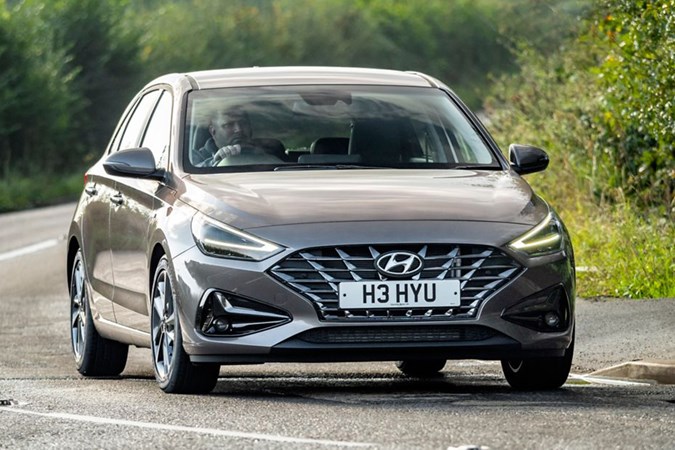
The 1.5-litre engine is only available with Hyundai’s racy N-Line trim – but don’t be fooled into thinking it’s a hot hatch. Peak power is delivered between 2,500rpm and 3,000rpm, which means it doesn’t like to be revved. You’re better off leaving it in gear and riding the wave of torque from the turbocharger when you need to accelerate.
Both engines feature mild hybrid assistance. They have tiny electric motor-generators mounted to their engines which harvest energy when you decelerate. Step on the throttle, and the system works in opposite direction giving you a boost of power to improve performance and fuel economy.
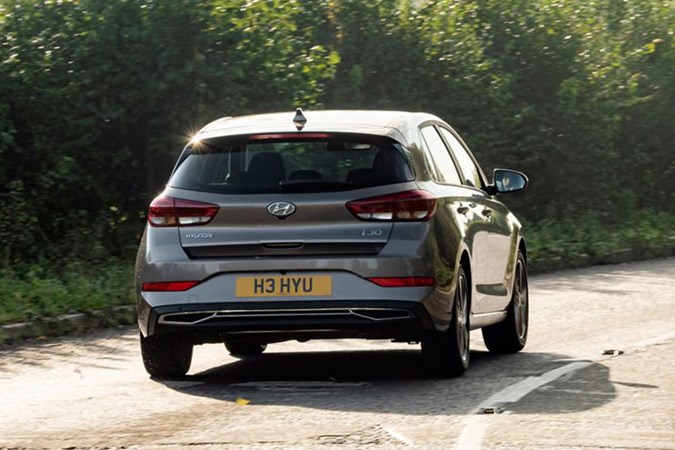
Hyundai i30 N
But what if you want even more performance? Hyundai has you covered. The i30 N features a turbocharged 2.0-litre four-cylinder petrol engine that produces 280hp and 392Nm of torque. Performance is impressive – 0–62mph is dispatched in 5.9 seconds in the manual car and just 5.4 seconds in the automatic model. Both will hit a top speed of 155mph.
The i30 N occupies an unusual middle ground. It quite a way behind the most powerful hot hatchbacks (such as the Volkswagen Golf R and Honda Civic Type R), but it’s much brawnier than those it competes with on price (like the Volkswagen Golf GTI and Skoda Octavia VRS).
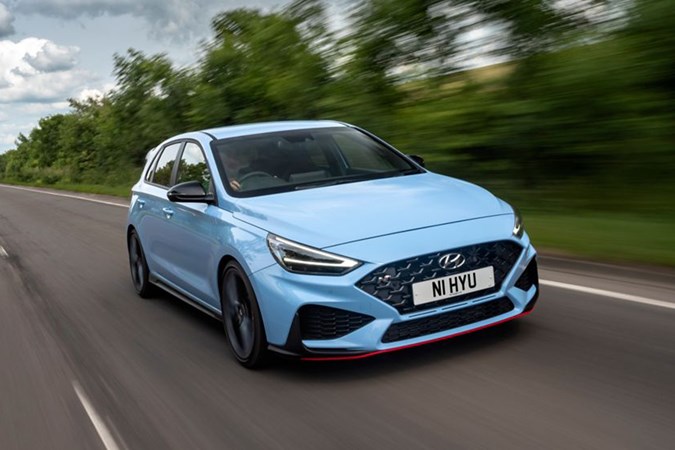
Hyundai struck a very keen balance between outright shove and responsiveness with the i30 N. The engine has more than enough power to safely dart past slow-moving lorries on A-roads, but it isn’t snappy like a touring car – and that means you can drive it smoothly when you want to.
The amount of power it makes it spot on, too. Hyundai’s engineers could have made the i30 N’s engine much more potent, but that would have resulted in a unit that you couldn’t fully exploit on UK roads. As it sits, there are plenty of opportunities to use full throttle on the road and remain within the bounds of the law. It sounds great, too, especially in Hyundai’s N driving mode.
What’s it like to drive?
- Safe and controlled handling
- Good steering feedback and ride
- And the i30 N is genuinely excellent
The way the standard Hyundai i30 handles is impressive. It sporty, but it’s safe, predictable and confidence inspiring –what more could the average motorist want?
The i30’s cornering ability is partly thanks to its sophisticated rear suspension. It has a multi-link design rather than a fixed axle, which is an unusual setup for such an affordable car. It allows the two rear wheels to work independently of one another, which makes the car more planted.
For example, if the left rear wheel passes over a bump, the right-hand side of the car isn’t affected by it as the vibrations don’t have a beam axle to travel across. Basic i30s won’t set your pulse racing, but they’re among the safest-feeling family hatchbacks available.
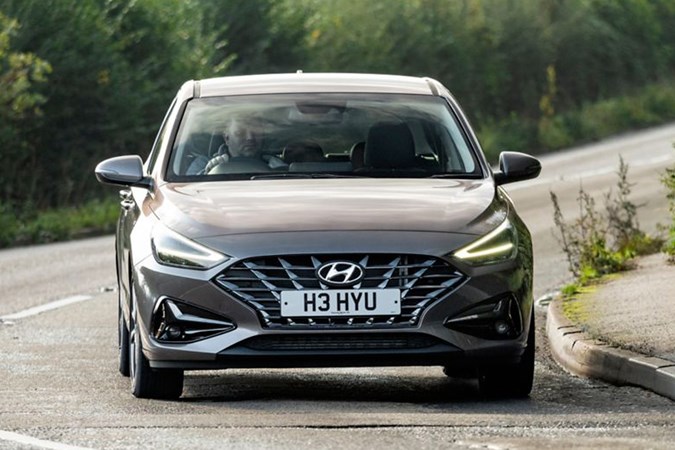
The steering is good too, if not quite great. There isn’t much feedback and it isn’t sporty, but for most drivers it’ll prove more than adequate. Crucially, it feels nicely weighted. You can’t spin the wheel around with your little finger.
N-Line spec cars are notably harder thanks to harsher suspension and larger wheels. Hyundai reckons the N Line is the link between the slightly dull standard i30 and the rip-snorting i30 N. There’s no denying it’s a halfway house, but we’re not sure who that pleases.
The N-Line is certainly sweeter to drive than the standard i30. The engine is keener, the steering has a little more feedback and the handling is touch sharper. But the ride is rock hard. If you’re willing to put up with up that, you might as well go for the full fat i30 N.
What’s the i30 N like to drive?
It’s a hoot. The i30 N serves up taut body control and loads of grip. You can also adjust the firmness of the damping by fiddling with the car’s driving modes. In Eco mode, it’s surprisingly compliant – but put the suspension in N mode and it’s hard enough to shake your fillings out. However, it’ll go around corners better than almost any of its rivals.
Every version of the i30 N now comes with a clever limited-slip differential that keeps the balance of power constant across the front wheels. In N mode, you can feel the differential shifting around the power and tugging at the steering as it searches for grip. It’s a little spooky, but it’s very entertaining.
The steering feels a little slow around the centre mark, but it sures up nicely once you’ve pitched it into a corner. There’s a distinct difference in weighting between the car’s standard drive modes and N mode, which makes for a more engaging experience.
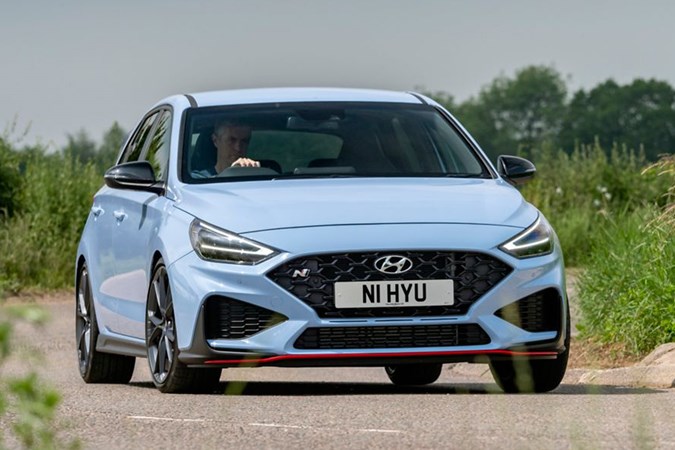
There’s one more feature that deserves a mention. It’s the innocuous NGS button on the i30 N’s steering wheel. It stands for ‘N Grin Shift’ – and it allows the driver to use the engine’s maximum performance for 20 seconds at a time. Think of it as an overtaking button.
Push it and the gearbox automatically changes down to the lowest possible gear to build boost in the engine. Then, when you mat the throttle, you’re launched towards the horizon like a firework, with the exhaust crackling and banging on each upshift. It’s hilarious.
The i30 N is pretty much the perfect package. You get a comfortable and supple ride when you’re not hammering it and loads of grip and entertainment when you are. In short, Hyundai may have stolen the hot hatchback crown. It’s easily better than the current Volkswagen Golf GTI.
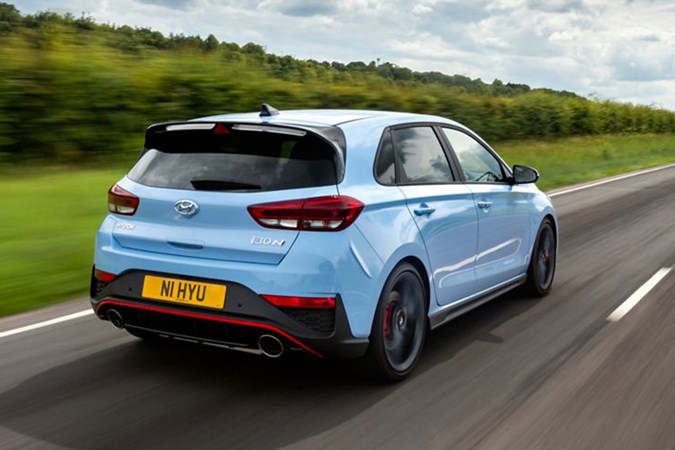


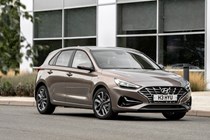




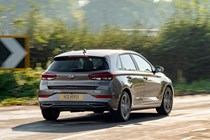
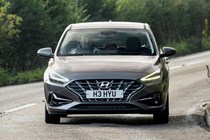


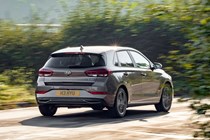

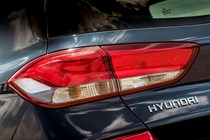
.jpg)
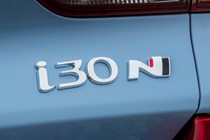
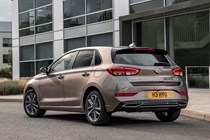
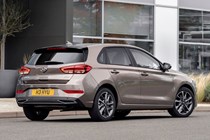
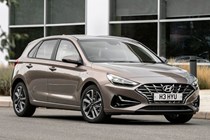

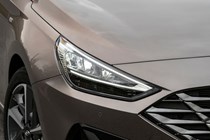

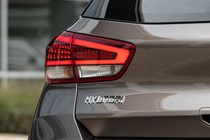
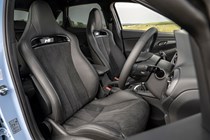
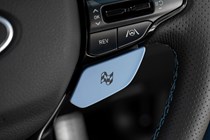
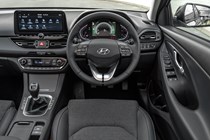

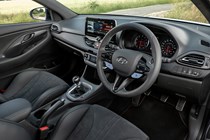

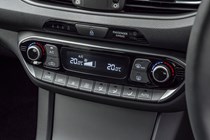
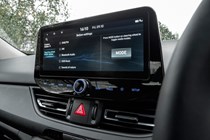
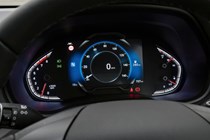
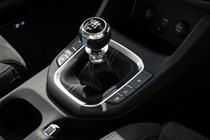
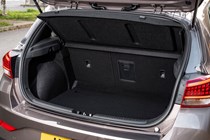














.jpg?quality=50)


















